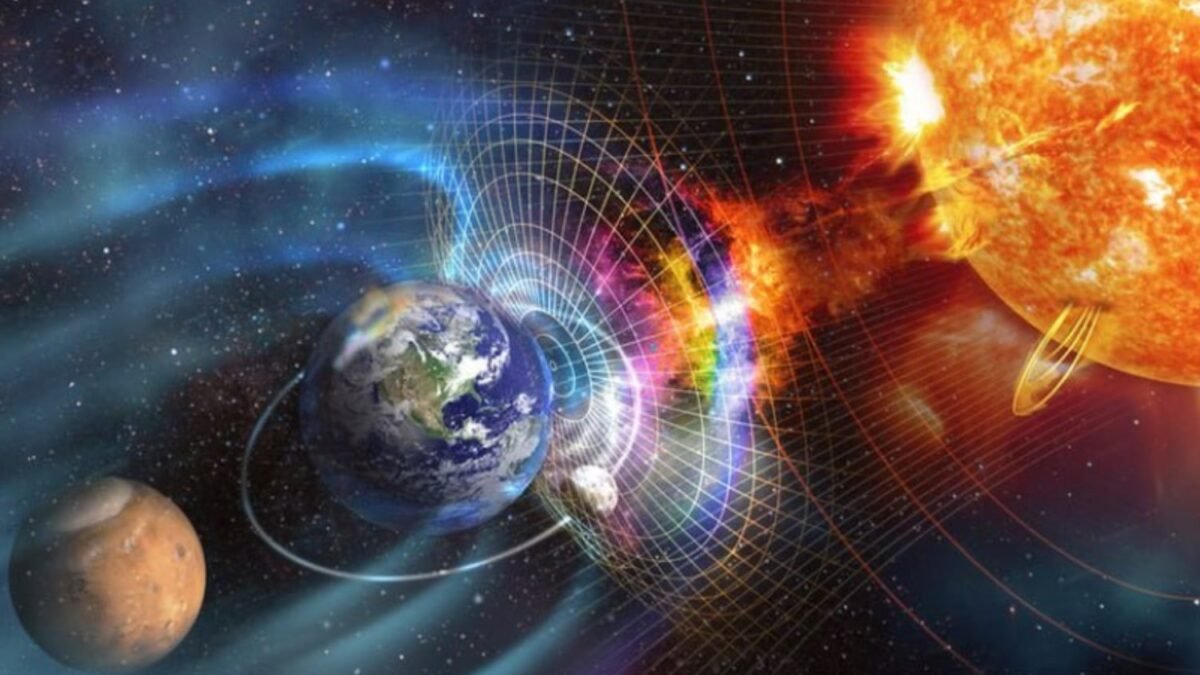First time we found a funky magnetic curve near Earth: the cool connection between space weather and solar physics

A cool discovery recently shook up the science world: scientists found a funky zigzag magnetic curve in Earth’s magnetosphere, a sort of magnetic fold where our planet’s magnetic field and the solar wind briefly intertwine before bouncing back to their normal positions. This finding, shared in the Journal of Geophysical Research: Space Physics, gives us a fresh perspective on the invisible shield that shields Earth and offers insights into predicting geomagnetic storms that can mess with satellites, power grids, and communication systems.
Solar Footprint on Earth’s Shield
This magnetic curve deflects the supersonic plasma flow from the Sun, also known as the solar wind. This flow, packed with charged particles, zooms along at over 400 km per second and shapes Earth’s magnetic field. While scientists had spotted zigzag magnetic structures in the solar atmosphere for years, thanks to the Parker Solar Probe, the real shocker came when an international team found a similar curve near Earth.
How the Curve Came to Be
As per the study’s authors, the curve popped up during a wild energetic “whiplash” moment. This type of reconnection occurs when two opposing magnetic fields snap and then fuse back together, unleashing massive amounts of energy. In this case, solar and terrestrial plasma mixed together, causing a brief distortion of the local magnetic field.
Why It’s a Big Deal for Space Weather
The interaction between the solar wind and Earth’s magnetic field isn’t just a pretty light show. When solar plasma sneaks into the magnetosphere, it can trigger dazzling auroras but also wreak havoc on electrical and satellite systems. These magnetic variations can overload power grids, mess with GPS signals, or damage orbiting satellites. Spotting a zigzag structure so close to Earth lets us study how and when these reconnections release energy, improving space weather predictions with direct observations, rather than just relying on far-off solar missions.
What’s Next: Predicting Storms Before They Hit
The timing of this discovery is perfect, as the Sun gears up for its peak activity cycle, a time when eruptions and coronal mass ejections amp up. By taking measurements at the Sun and in Earth’s magnetosphere simultaneously, scientists can create more accurate predictive models, foreseeing when a magnetic reconnection might spark a major storm. NASA’s joint missions are breaking new ground in space weather, showing us how magnetic structures form, travel, and transform from the Sun to Earth. It’s the first time we can see the boundary between these two worlds, revealing that our planet and its star share a magnetic heartbeat.





